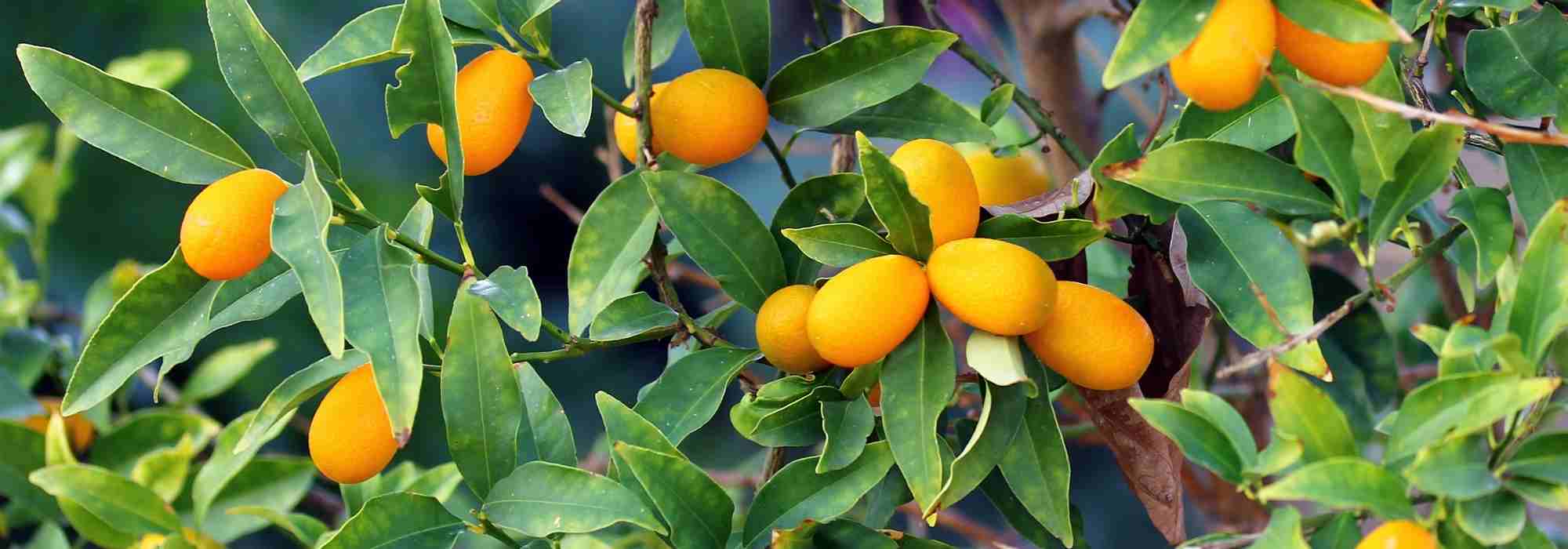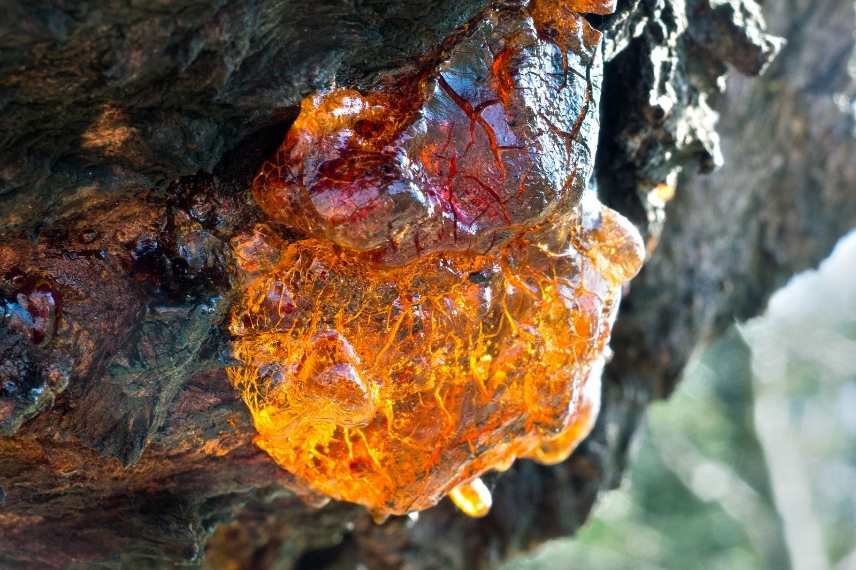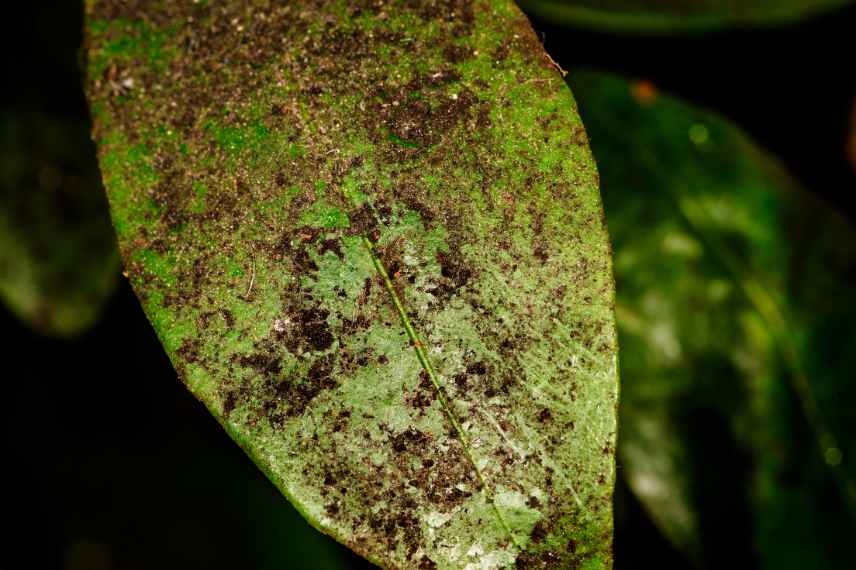
Kumquat: The Most Common Diseases and Pests
Tips for treatment and prevention to protect your citrus tree
Contents
What a delight to bite into the small orange fruits of the kumquat (Fortunella sp.)! A fruit that is both sweet and tangy, with the unique feature of being eaten with the skin, straight from the tree. This is the first advantage of this small citrus from the Rutaceae botanical family. But the kumquat is also prized for its evergreen foliage of a lovely glossy green and its white flowering that perfumes the air in spring. Thanks to bees, which are highly attracted to the nectar of the flowers, small ovate fruits emerge—absolutely delicious and very decorative for their vibrant colour. Finally, its last advantage lies in its hardiness down to -10°C. However, outside the Mediterranean region, it is recommended to grow it in a pot and overwinter it in a conservatory.
Although relatively resilient, the kumquat can fall victim to a few common diseases and pests. Discover our solutions for treatment and our advice for preventing these nuisances that affect the harvest, growth, and survival of your citrus.
Common diseases of kumquat
Like many citrus trees, the kumquat can be affected by more or less serious ailments. It should be noted that yellow dragon disease or HLB (HuangLongBing) has not yet reached Europe, but it is present in some overseas departments.
Gummosis
Gummosis is one of the most dreaded ailments in citrus trees, including the kumquat. It manifests as gum oozing at the base of the trunk, cracks or cankers in the bark, and a gradual weakening of the tree. These symptoms are often linked to infection by fungi of the genus Phytophthora, favoured by poorly drained soil or excessive watering.

Symptoms of gummosis
Treatment
If the kumquat is not too severely affected, start by cleaning the cankers, then spray with Bordeaux mixture, before applying a healing paste. Otherwise, pruning the affected parts is recommended.
Prevention
Good drainage and light pruning of the branches limit the penetration of fungal spores. Similarly, when planting, avoid burying the collar.
Sooty mould
Sooty mould is not a disease in the classic sense, but an indirect consequence of an infestation by pests such as scale insects, aphids, or whiteflies. These insects secrete a sugary honeydew that settles on the leaves, twigs, and sometimes the fruit. This honeydew serves as a substrate for saprophytic fungi that form a black layer, resembling soot. Although this layer does not penetrate plant tissues, it reduces photosynthesis, disrupts gas exchange, and harms the aesthetics of the kumquat.

Sooty mould is often linked to the presence of aphids or scale insects
Treatment
Control involves eliminating the responsible insects, with sprays and cleaning the leaves with a cloth soaked in soapy water or a mixture of water and black soap.
Prevention
Again, limit the presence of harmful insects with the same remedies.
Citrus tristeza virus
Tristeza is a formidable viral disease that affects many species of citrus trees, including the kumquat, although the latter is often more tolerant than other varieties. Mainly transmitted by citrus aphids, the virus causes a gradual or sudden decline, particularly in trees grafted onto susceptible rootstocks like the bitter orange. Symptoms include general weakness, dieback of twigs, premature leaf drop, reduced fruiting, and sometimes the death of the tree. Poorly disinfected tools can also transmit the disease.
To confirm the diagnosis, simply cut a piece of bark below the graft point: it will show streaks or small dots.
No treatment is available.
Prevention therefore relies on the use of resistant rootstocks, strict control of aphids, and purchasing certified healthy young plants. As tristeza is present in certain regions, sanitary vigilance and biosecurity measures are crucial to limit its spread.
The insects that cause the most damage to kumquats
Whether planted in the ground in regions with mild winters or grown in pots and overwintered in a conservatory, kumquats must contend with hordes of unwanted insects. The battle can be lengthy, but it is often possible to rid yourself of these pests.
Scale Insects
Scale insects are among the most common pests of kumquats. These small insects, with bodies covered in a waxy shield, settle on branches, leaves, and sometimes fruits, where they feed on sap. Their presence leads to a gradual weakening of the tree, the production of sticky honeydew, and the appearance of black sooty mould.
Treatment
The most effective first step is to scrape off the scale insects with a cotton swab dipped in rubbing alcohol or at 90°C, then spray a mixture of water, black soap, and vegetable oil. For kumquats grown in the garden, control can rely on beneficial insects like ladybird larvae or lacewings, whose larvae can be released.
Prevention
- Paint the kumquat’s trunk with arboreal whitewash
- Regularly inspect the foliage to intervene as quickly as possible.
Citrus Leaf Miner
The citrus leaf miner (Phyllocnistis citrella) is a small nocturnal moth whose larvae dig sinuous tunnels in young leaves, causing them to deform and weaken. Young trees are particularly vulnerable. A severe attack can significantly slow growth.
Treatment
- It is essential to destroy affected leaves
- Spraying with Bacillus thuringiensis can limit damage at the first symptoms
- You can spray with fern liquid manure or a wormwood decoction.

Leaf miner larvae dig tunnels in citrus leaves
Prevention
- Light pruning of branches outside the flight period, which lasts from spring to late summer. It is preferable to prune in January or February
- Install specific pheromone traps to limit adult reproduction and monitor populations
- Introduce or encourage the presence of parasitic wasps in the garden to control egg-laying, such as Ageniaspis citricola
Aphids
Aphids, particularly the green aphid (Aphis spiraecola) and the brown aphid (Toxoptera citricida), are sap-suckers that cause young leaves to curl, weaken shoots, and produce honeydew, a source of sooty mould. However, their main danger lies in their ability to transmit viruses, such as tristeza.
Treatment
Spraying a solution of water and black soap is certainly the most effective treatment. Garlic decoction or nettle liquid manure can also prove effective. Alternatively, introducing ladybird or lacewing larvae can solve the problem.
Prevention
Planting repellent plants like mint, lavender, or wormwood will keep aphids away from your kumquat. Also plant or sow aphid-attracting plants like nasturtiums. Installing sticky bands around the trunk prevents ants from farming aphids. In fact, they protect them in exchange for honeydew.
Finally, a garden rich in biodiversity attracts beneficial insects (ladybirds, lacewings, hoverflies) that feed on aphids.
Mediterranean Fruit Fly
The Mediterranean fruit fly (Ceratitis capitata) is one of the most harmful pests for citrus trees, including kumquats, especially in late summer and autumn. The female lays her eggs under the skin of ripening fruits, and the emerging larvae burrow into the pulp, causing rot and premature drop. This fly is difficult to control, as it moves around a lot and has a high reproductive capacity.
Preventive Measures
- Install insect nets over kumquats when the fruits begin to ripen
- Use chromatic traps and pheromone traps to detect the first flights and capture males to prevent mating
- Remove fallen or damaged kumquats from the tree or ground.
Red Spider Mites and Other Mites
Spider mites and other pests like the citrus red mite (Panonychus citri) cause visible damage to leaves: yellowing, stippling discolouration, and sometimes deformation. These mites thrive in hot, dry conditions and multiply rapidly if natural predators are absent. Monitoring is essential, as damage can become significant before being noticed.
Treatment
Often, spraying water on and under the foliage is enough to eliminate them or at least limit their spread. You can also spray affected areas with nettle liquid manure or ivy liquid manure.
Prevention
Regularly spraying foliage with non-calcareous water is disliked by mites, which prefer warm, dry atmospheres.
Preventive cultivation practices
Prevention is always better than cure, and this is especially true for kumquats, which can be susceptible to various diseases and pests if growing conditions are not optimal.
- A good location: The kumquat thrives in a sunny spot, sheltered from winds and cold draughts.
- Suitable soil: The substrate or soil must be well-drained to avoid excess moisture. For potted plants, using a light citrus-specific compost is ideal. Also, ensure to remove any residual water from the saucer or decorative pot.
- Regular but moderate watering, especially during hot periods.
- Mulching, particularly in spring and summer, helps maintain soil moisture while reducing the need for frequent watering.
- Pruning also plays a key role. It helps maintain an open habit and promotes air circulation. Remove dead or poorly oriented branches, and prune in late winter or after the harvest.
- Balanced fertilisation: Opt for slow-release organic fertilisers during the kumquat’s growth and fruiting period.
- Subscribe!
- Contents
































Comments